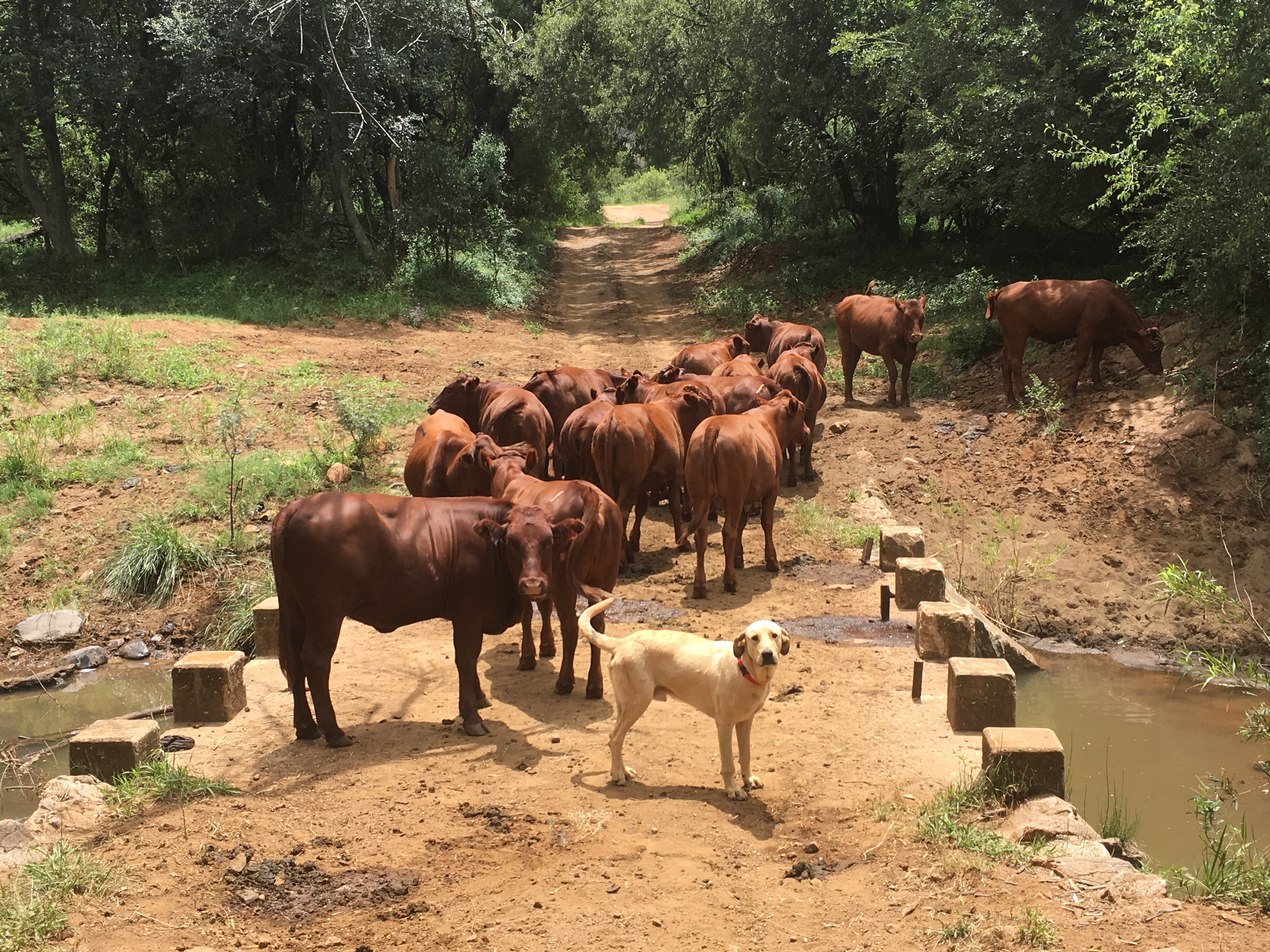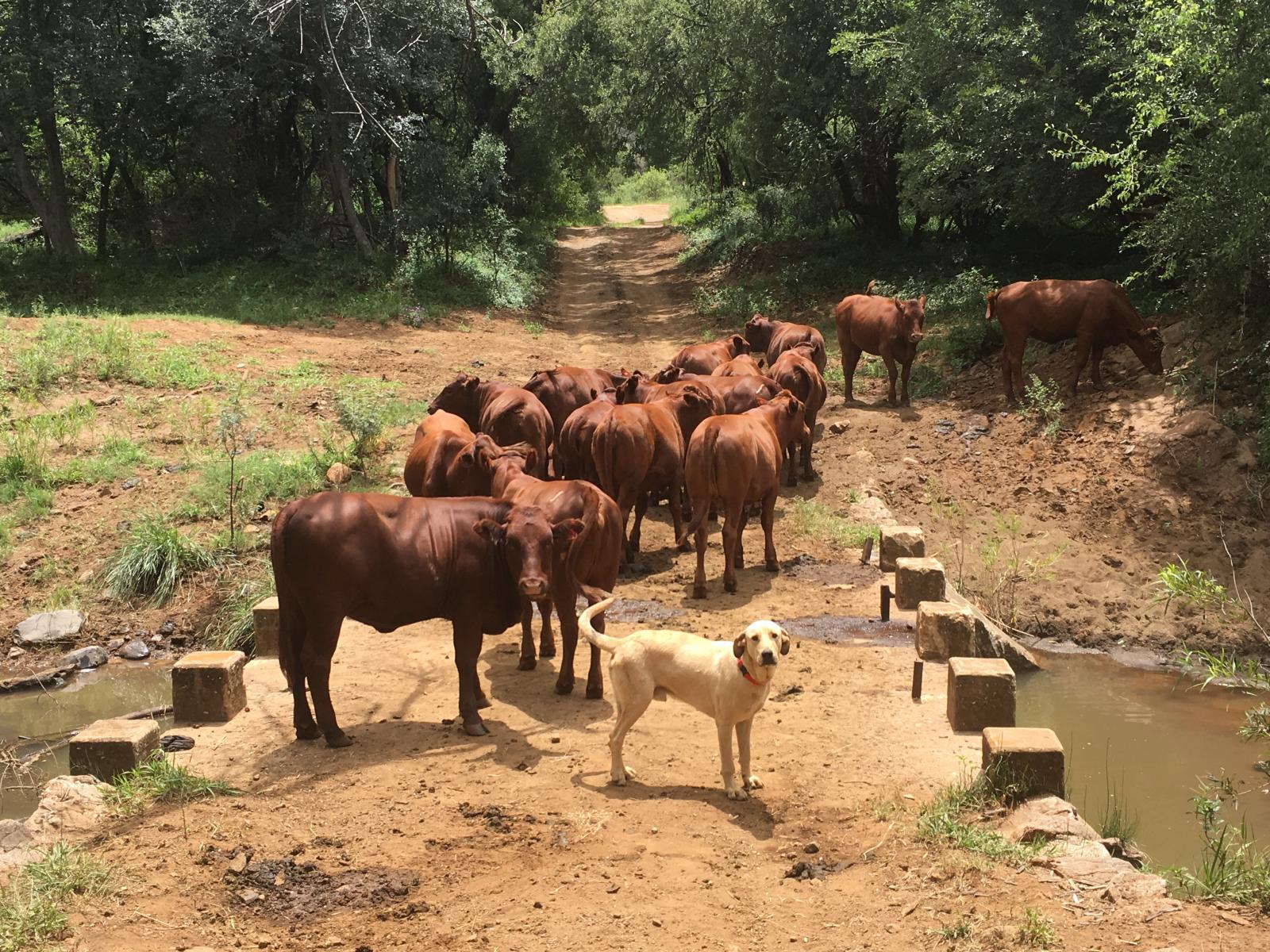An Overview Of Our Solution
- Population Impacted:
- Continent: Africa
Organization type
Population impacted
Size of agricultural area
Production quantity
People employed
Describe your solution
Describe your implementation
External connections
What is the environmental or ecological challenge you are targeting with your solution?
Describe the context in which you are operating
Biodiversity conservation is a key consideration for successful farming practices in South Africa. With a growing consumer conscience, meat production which takes place in a more sustainable and environmentally friendly manner, is becoming ever more important. Both commercial and community-based farmers are exposed to large carnivores that range over their farms including African Wild Dogs (Endangered) and Cheetahs (Vulnerable). Even though environmental laws protect these predators they are often persecuted as they predate livestock. While retaliatory killing reduce stock losses, the practice has obvious negative repercussions for carnivore populations. Killing includes the inhumane use of gin traps, poisoning and shooting. In many cases the killing of carnivores should only be considered as a last resort. However, farmers often fail to use other methods (such as the kraaling of livestock at night, or employing a herder to watch over stock) that would effectively reduce predation.
How did you impact natural resource use and greenhouse gas emissions?
Language(s)
Social/Community
Water
Food Security/Nutrition
Economic/Sustainable Development
Climate
Sustainability
Our work relies presently on grant funding. However, a major goal of our project is to demonstrate to farmers that our non-lethal solution is more sustainable, with greater economic benefits, than predator persecution and that this will result in voluntary participation. Additionally, with Woolworths promoting predator-friendly farming, we anticipate these methodologies will be internalized into the supply chain. We are therefore looking into the benefits of green labelling to ensure also its sustainability. This provides an exit strategy in which the EWT can provide an oversight and support role to farmers and the supply chain moving forwards, with conservation actions that are sustainable in the long term.
Return on investment
Entrant Banner Image

